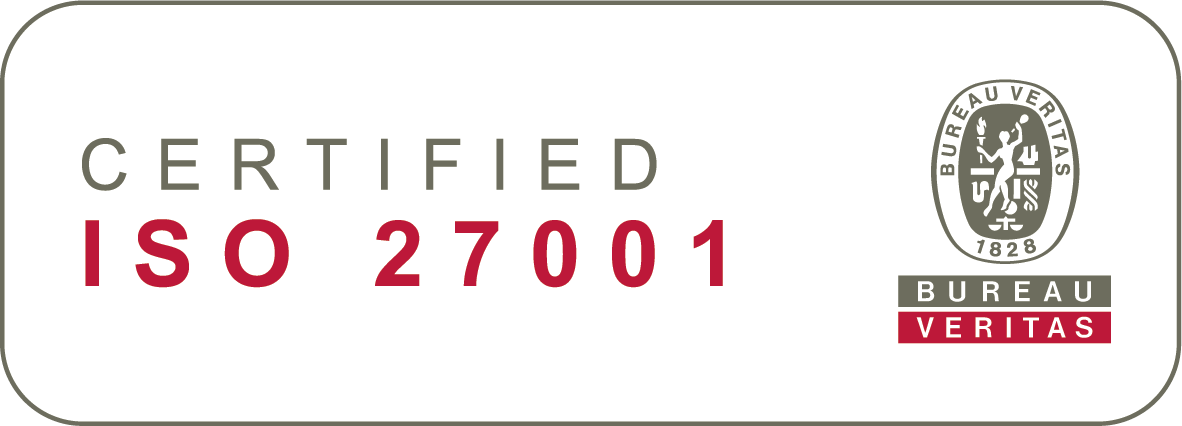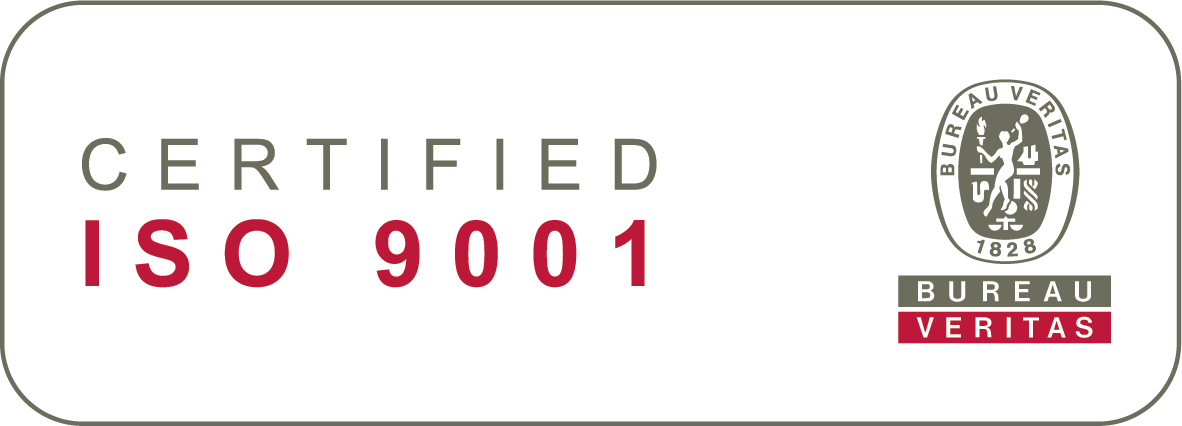Getting any body to move harmoniously without sensorial input and a central nervous system is a real challenge, and businesses are no different.
Switch out organs, limbs and digits with departments, teams, and employees, and you have the components of business. Trade eyeballs, optic nerves, and a frontal cortex with databases, reporting automation, and HR Analytics, and you can see why the absence of these things leaves most HR professionals in the dark.
If a problem is too large, break it down into manageable chunks, right? That’s why business units were created. Different departments allow businesses to build specialised teams that are experts at performing specific functions that move the business forward. Yet we all know too well that this often also results in organisational silos that can lead to disconnects and make it hard to access the whole.
A business and its units at heart are all about the people who work in them, and a well-functioning HR department can improve performance by providing both individual support and building a high-level picture of the needs, capabilities, and structure of your company’s workforce. The challenge of aligning these tasks is highlighted when change occurs – as it does constantly. To ensure business continuity, HR departments need to have a solid foundation to build on. This foundation is HR master data.
HR can help by giving the business a view on its most important asset - its people.
People, pay, and planning
Be it growth, organisational restructuring, or downsizing, businesses need to handle the process in an efficient and secure way.
When it comes to people joining and leaving your company, HR departments with solid master data have a factual base for understanding what a successful employee journey looks like and how to organise your HCM and the connected processes. They will be able to recruit through digital channels in a smarter way, build succession plans that ensure departments are never short of the personnel they need, and provide valuable guidance when restructuring or layoffs are required.
Important data about your people also provides crucial information in support of other business unit functions. For instance, payroll is a big expense for companies, and being on top of the numbers is key when it comes to going over costs.
Being on top of the reasons behind the numbers will help you make the right decisions when planning and organising your staff.
Absences, holidays, and remote working schedules are also important to track in order to see what's happening. On top of better talent planning and resourcing, a solid HR master data set will also help to interpret trends and enable better forecasting.
Supporting your people through change
It is even more important than ever before for HR to build new digital processes to connect with employees. A rapid shift to digital channels is essential to maintain an accurate overview. Supporting business operations and business continuity is one obvious benefit of digital HR tools and accurate HR master data, but they will also help you support your people as their roles, jobs, and industries evolve.
Strategies change fast, and the right digital tools are essential for gathering data, effective communication, implementing changes, leading your people in the right direction, tracking your progress, and adjusting accordingly. Digital HR processes, such as e-signing or digital appraisal tools, not only makes us more efficient: they also support hybrid working practices and organisational resilience.
From a practical perspective, informed HR decisions and recommendations can only be made if you have a complete picture of your employees and clear strategic goals.
Master data should give you insights into all relevant HR functions and processes. An HR master data set based on the right KPIs includes data points that give a better collective understanding of areas that concern the staff, but also of areas like personal development and individual motivation. If you are strong on competence mapping but weak on individual goal setting, you could be at risk of demotivating people by guiding them onto a development path that supports company strategy but does not positively engage them on a personal level.
Properly-structured HR master data can also act as a window onto a company’s culture, even on a global scale. It can be hard to know if business units and different locations have adopted company-wide culture points, or if HR initiatives are having the right impact. A standardised, automated process for collecting data can give a granular view of teams and locations, as well as a country and company-wide understanding of how much progress is really being made.
With the right HR data and HR KPIs, you will preserve and cherish what makes your organisation unique – your culture.
Tracking HR ROI
Insights such as these help HR professionals track ROI for their initiatives. Having access to HR master data also helps ensure decision making is well-informed and based on accurate data.
As a one-minute exercise, can you answer these questions:
- How many people work for us today?
- Can I see an up to date org chart?
- Where can we find their contact information?
- How many are on sick leave or working from home?
An automated process designed to collect and handle employee data in compliance with GDPR, privacy, and employment law requirements will deliver both the right answers but also savings in time, money, and potential future legal costs.
For example, overall efficiency savings of 50-75% have been seen by HR departments adopting fully digital contract creation processes. Digital HR tools will save any organisation a tremendous amount of time – a resource that is becoming sparser by the day for HR professionals that need to take quick, decisive actions.
Finally
There is no such thing as the perfect Master HR data set, and the rate at which this data changes is now faster than ever before. My suggestion to you is this: build on top of a solid, automated, administrative base. Decide what to track by defining KPIs that help you keep a current view of your company’s most important asset; its people. Measure the impact of your initiatives and keep on learning everything you can about your organisation. And you'll be on the right path.
Ready to master your data?
Read more below or get in touch with us – we'll be happy to help with your challenges, current and future.


